今すぐお電話ください
TEL : + 86-4000988557;
スカイプ ID: gfreex@hotmail.com;
WeChat: STEP_ADTECH;
QQ ID: 8936906.
J-20は、「活力ある龍」の愛称を持ち、NATOの報告名称は「火牙」です。中国人民解放軍向けに成都飛機工業集団が開発した最新世代(旧欧米基準では第4世代、新ロシア基準では第5世代)の双発重ステルス戦闘機です。J-10やJ-11といった第三世代制空・多用途戦闘機の後継機として設計され、中国の将来の空域および海域の主権を守る役割を担います。J-20は単座双発設計で、完全に可動式の双垂直尾翼、DSIバルジ型エアインテーク、そして尖端アーチストレーキを備えた上向きのカナード翼を備えています。機首と胴体はダイヤモンド型で、外傾斜の垂直尾翼と鋸歯状の着陸装置ドアを備えています。胴体は深緑色に塗装されており、遠目から見るとほぼ黒に見えます。側面爆弾倉は、ミサイルランチャーを事前に密閉し、外部に搭載できる革新的な設計を採用しています。中国で最も先進的な新型空対空ミサイルが搭載されています。
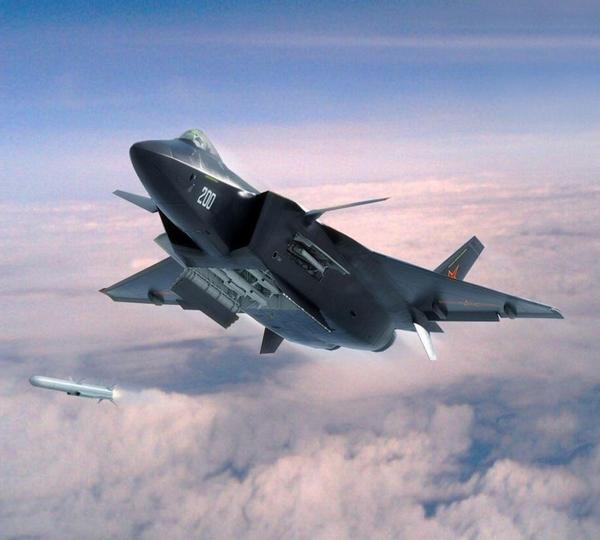
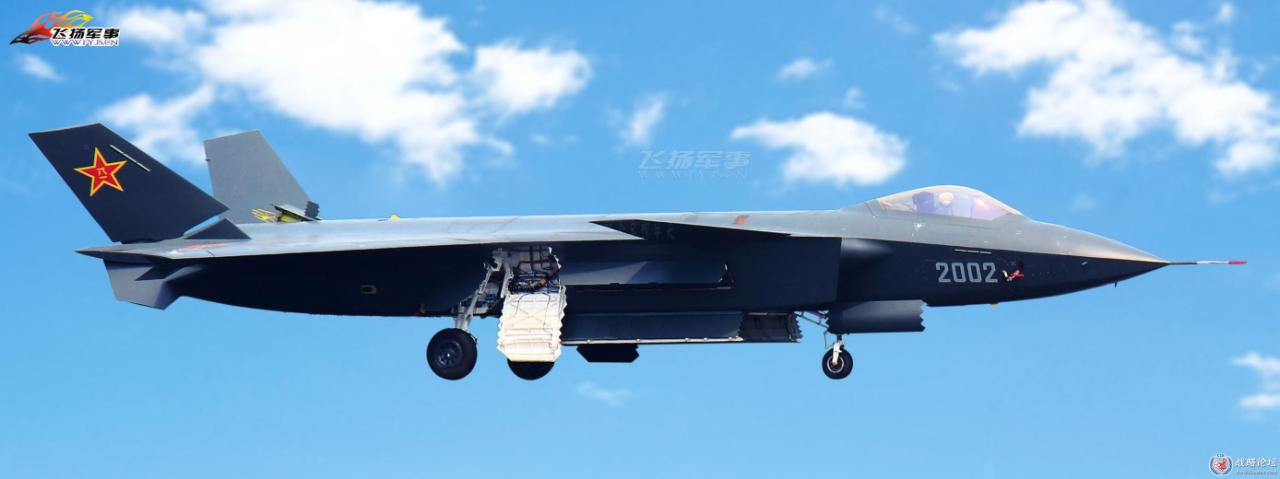
II. パワートレインと操縦性
1. エンジン構成
- WS-15エンジン:エンジン1基あたり最大推力18.5トン、3軸偏向ノズルを装備し、超音速巡航(マッハ1.83)および最高速度マッハ2.8をサポートします。
- 推力145kN(約14.8トン)、推力重量比約10の従来型WS-10Cエンジンと比較。
2. 超音速と操縦性
- 超音速巡航能力(マッハ 1.8)により、戦場での対応力が大幅に向上します。
- カナード + 完全に可動する垂直尾翼 + 前縁渦設計により、高迎え角での操縦性が向上します。
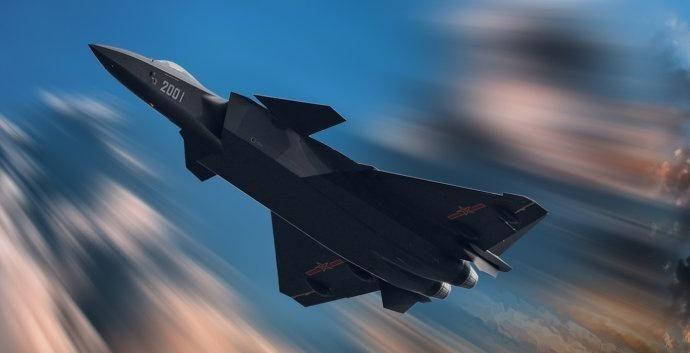
III. 弾薬と兵器システム
1. 武器の装填
- 内部爆弾倉:メイン爆弾倉にはPL-15中距離・長距離空対空ミサイルを4発搭載でき、サイド爆弾倉にはPL-10E近距離戦闘ミサイルを2発搭載できます。
- 外部吊り下げ能力: 翼下の吊り下げポイント 4 個 (通常、ステルス ミッションには使用されません)、最大荷重 11 トン。
2. 弾薬のアップグレード
将来的には新型の「ペンシル弾」に対応し、主爆弾倉の容量が6に増加する可能性がある([8])。
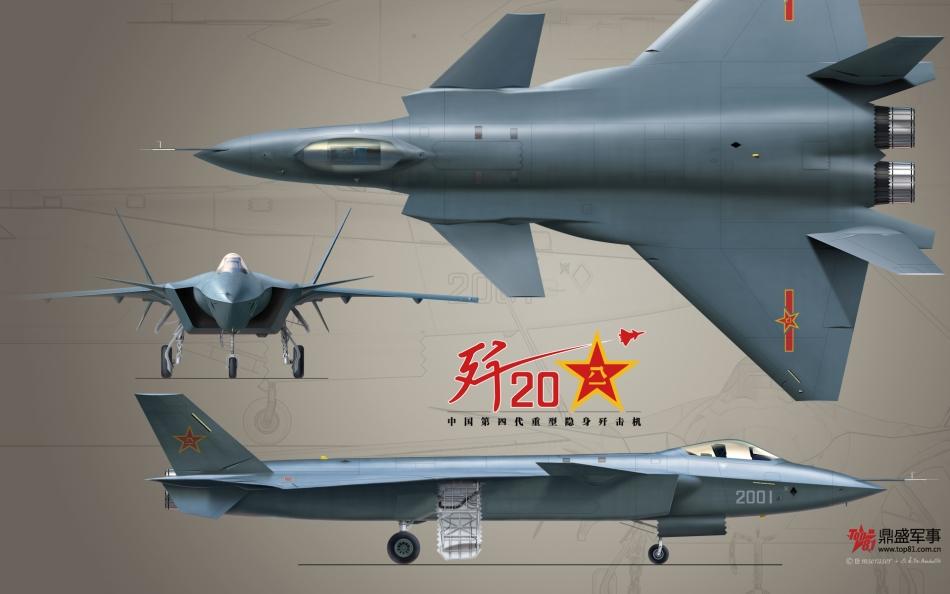
IV. 射程距離と戦闘半径
1. 範囲データ
- 最大航続距離:6,000 km(WS-15バージョン、[4]); 初期バージョンでは5,500 km。
- 戦闘半径:2,000 km(空中給油なし)、第一列島線をカバー。1 回の給油でグアムまで拡張可能。
2. F-22との比較
- F-22の戦闘半径はわずか800~1,000kmであり、J-20は長距離攻撃能力において大きな優位性を持っています。
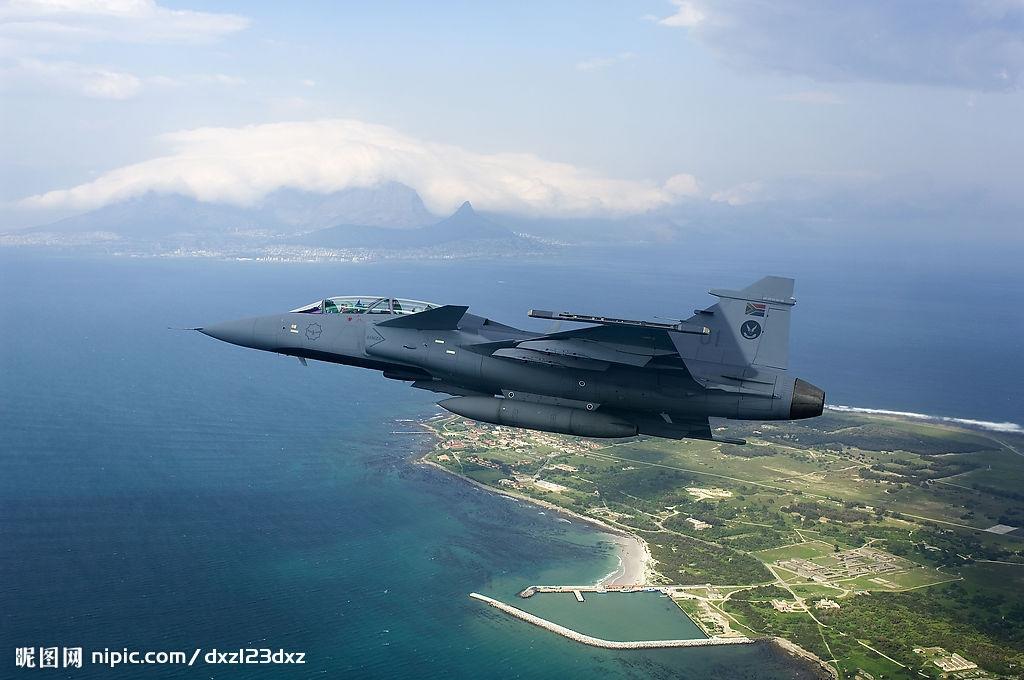
V. 電子機器と共同作業
1. レーダーおよび知覚システム
- 1475 型アクティブ フェーズド アレイ レーダー: 検出範囲 200 キロメートル、20 個のターゲットを追跡し、4 個をロックできます。
- マルチスペクトル検出: 統合された EOST (電子電子標的システム) と EODAS (分散開口システム) により、ステルス ターゲットの識別が強化されます。
2. 共同運用機能
ドローンと連携した「情報スーパーノード」の構築により、戦場の状況認識力が大幅に向上します。
- 模擬戦闘では、J-20S(2人乗り型)がドローンとの連携によりF-22に対して95%の勝率を達成した。
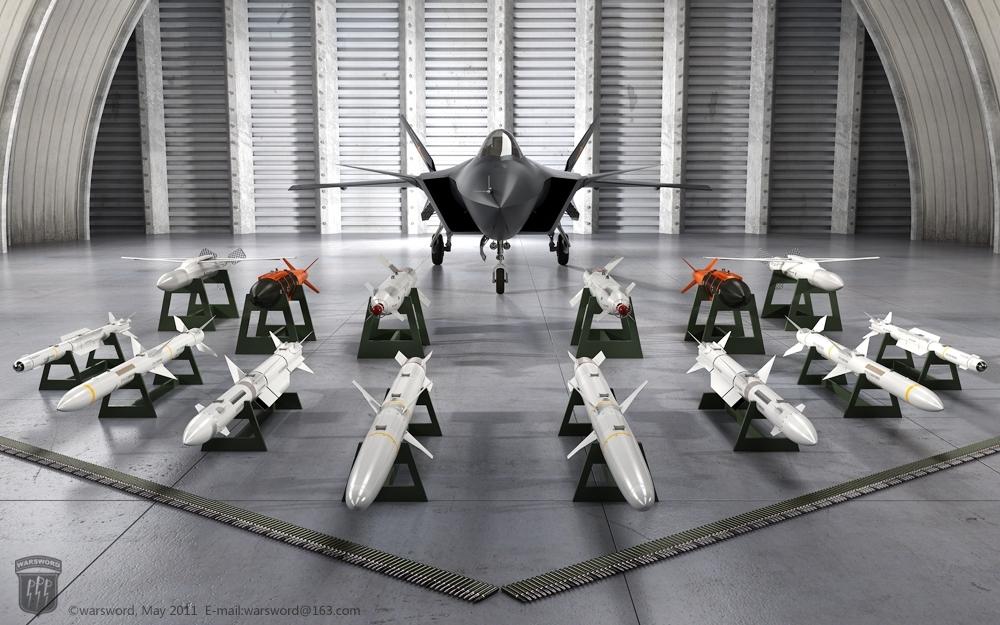
VI. 戦闘能力の概要
1. コアとなる利点
- ステルス + 超音速: 低視認性と高速侵入能力を兼ね備え、第 3 世代航空機 (J-10 など) に対して圧倒的な優位性を発揮します。
- 長距離攻撃:その長距離攻撃能力と空中給油能力は、西太平洋の主要拠点を含む地域横断的な作戦を支援します。
- 体系的な連携:ドローンの群れと情報ネットワークを活用して、非対称の空中戦を可能にします。
2. 海外の第5世代航空機との比較
- F-22: J-20 は航続距離、超音速巡航、協調作戦に優れていますが、F-22 のステルスコーティングのメンテナンスの問題により戦闘効果が弱まります。
- F-35:速度とペイロードではJ-20が上回っているが、F-35はより高いレベルの情報統合を誇っている(早期警戒システムとの統合が必要)。
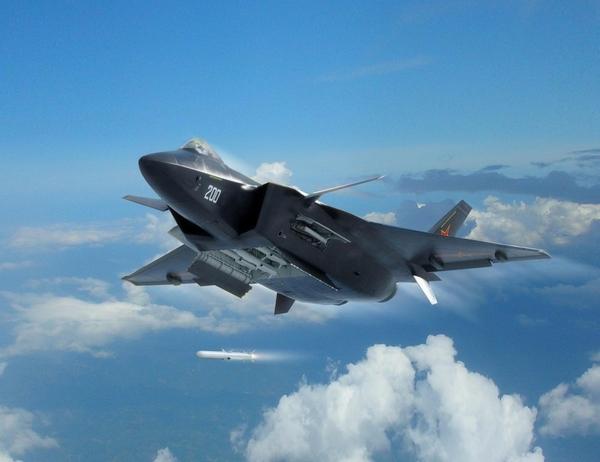
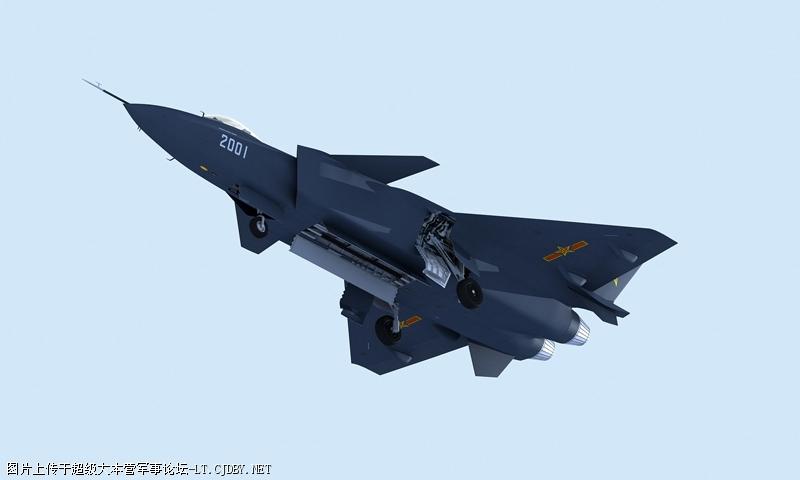
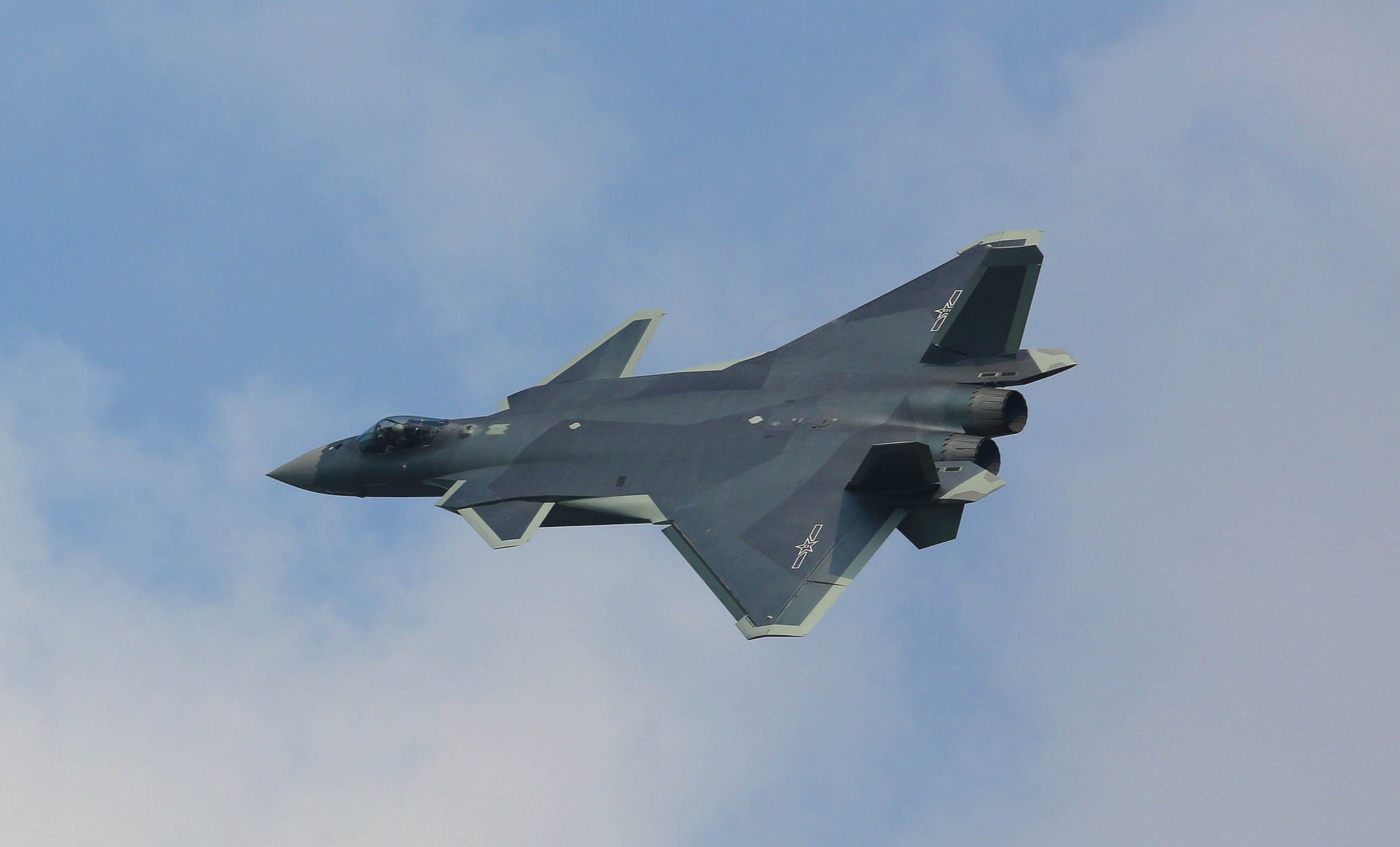
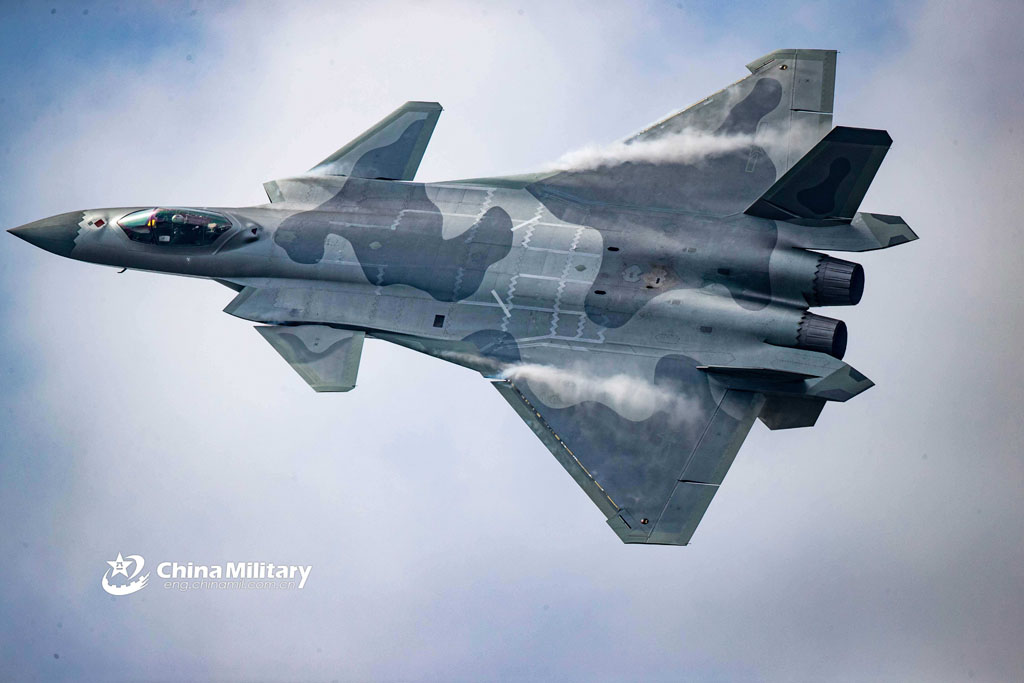
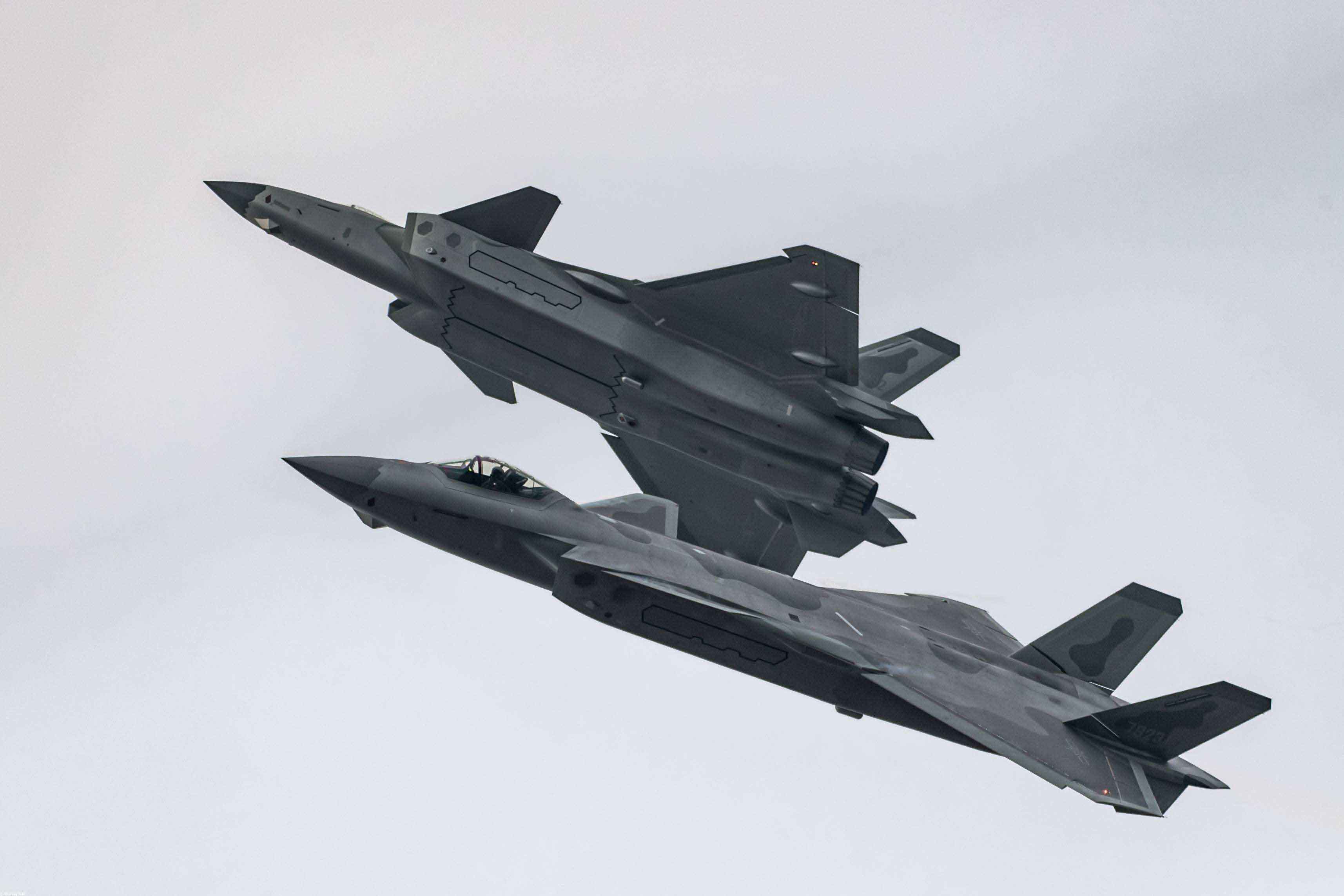
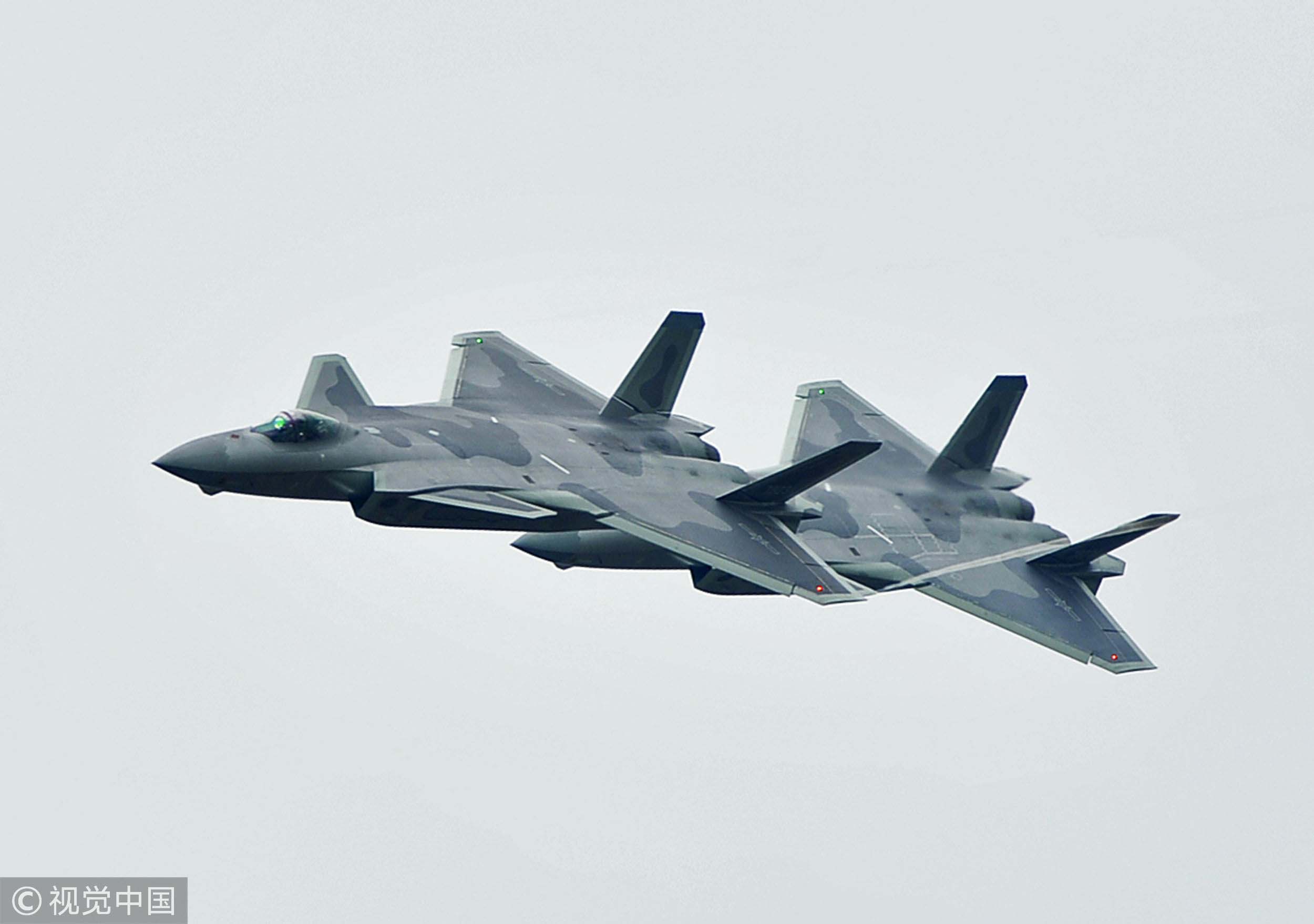
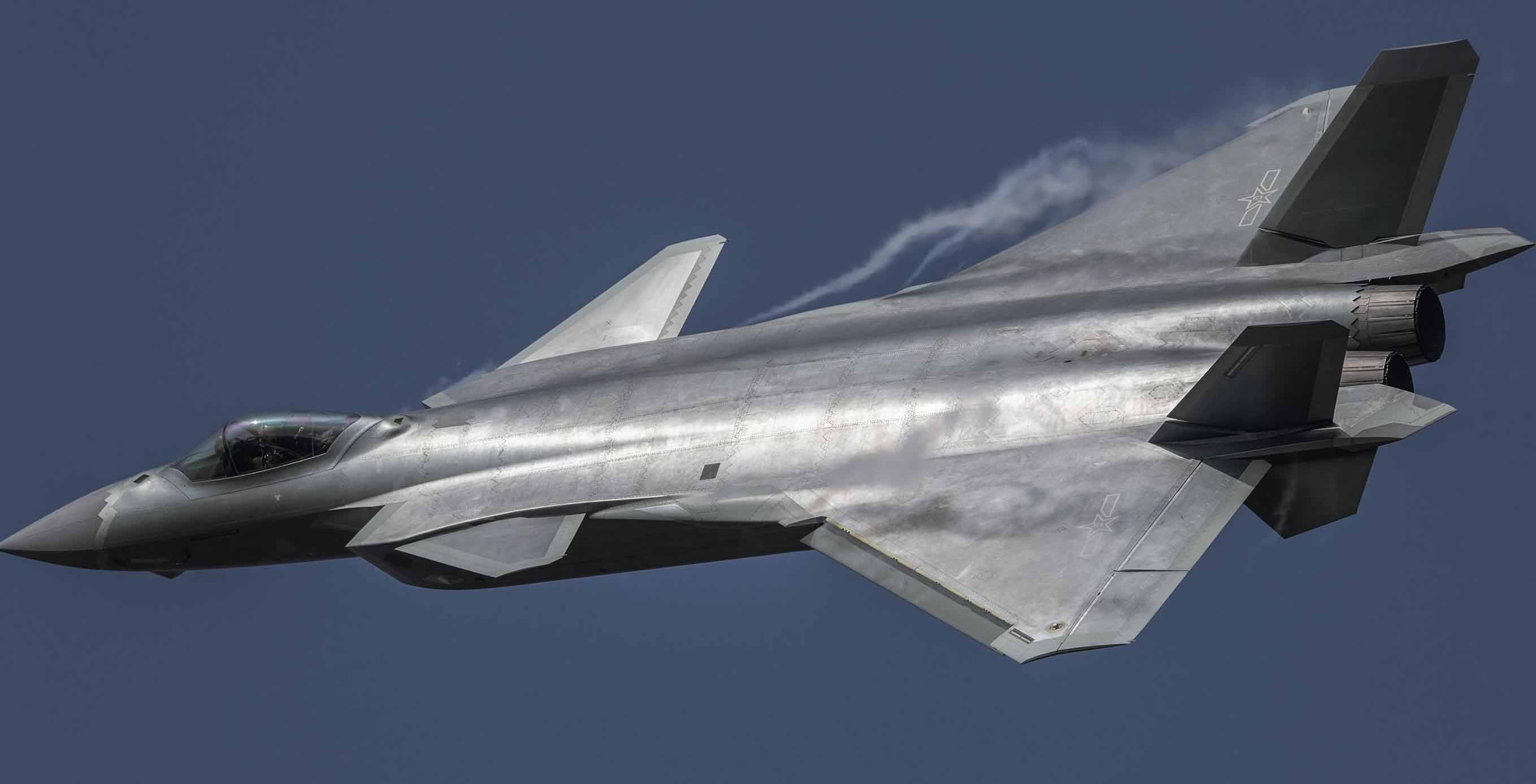
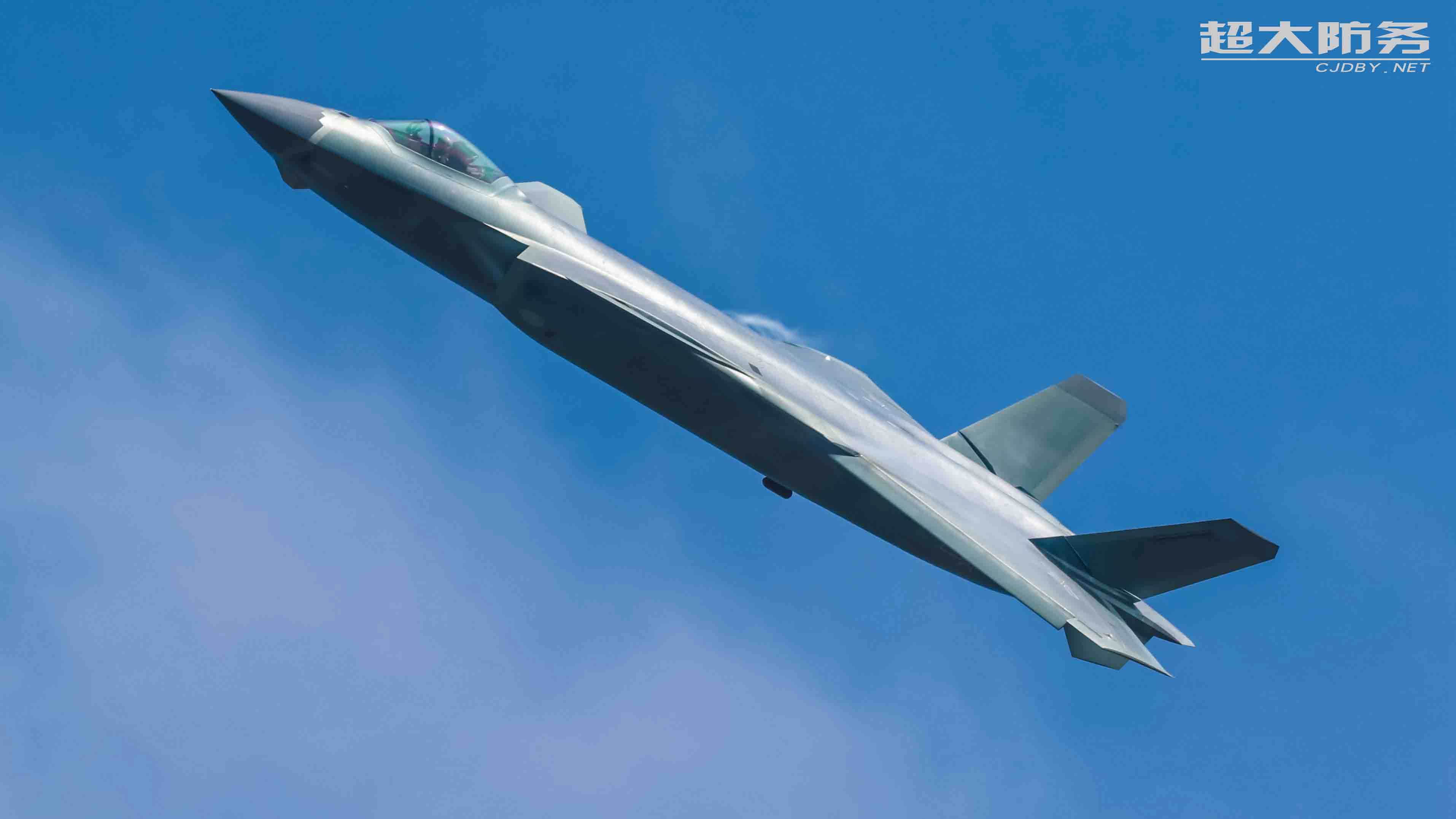
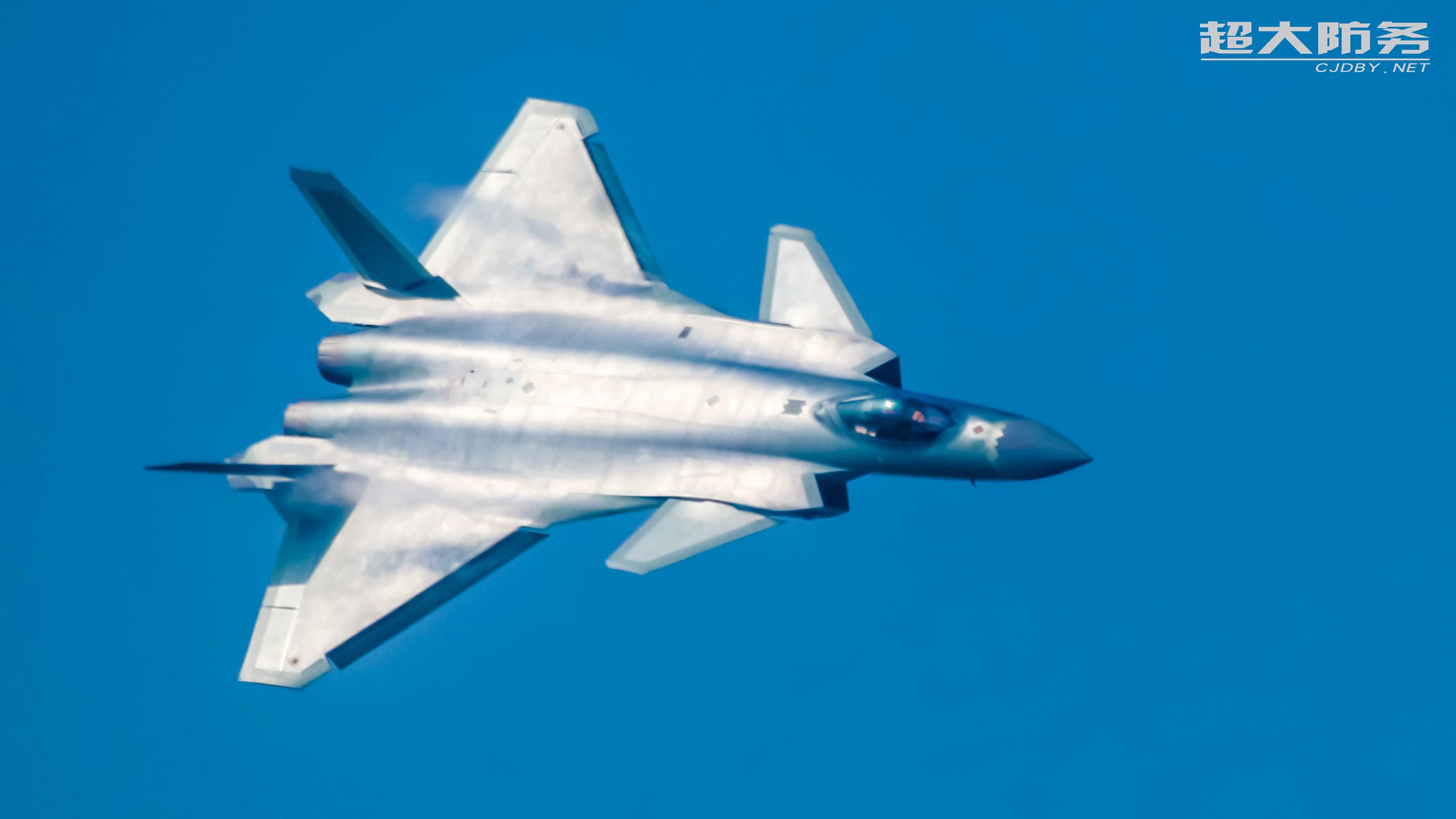
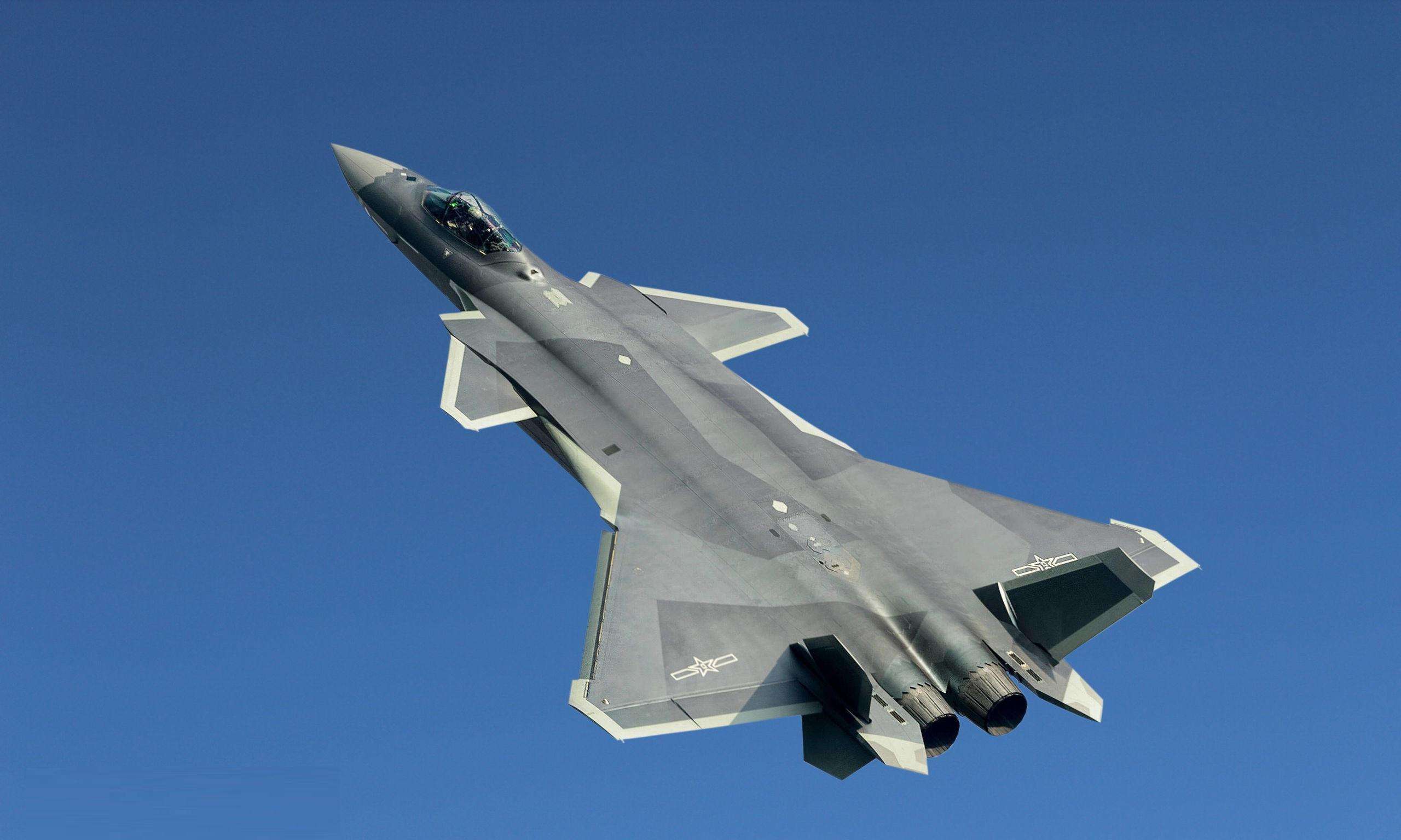
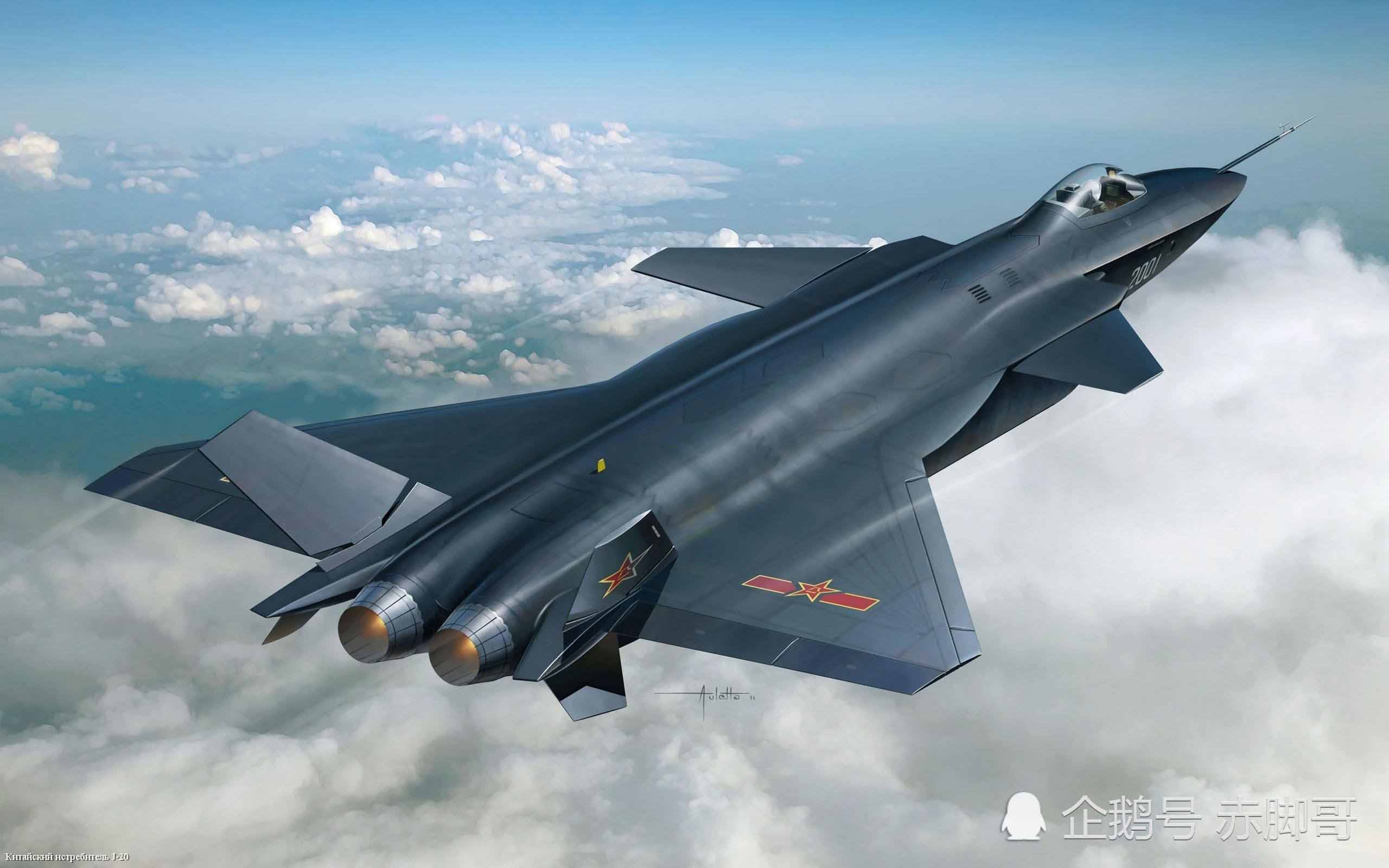
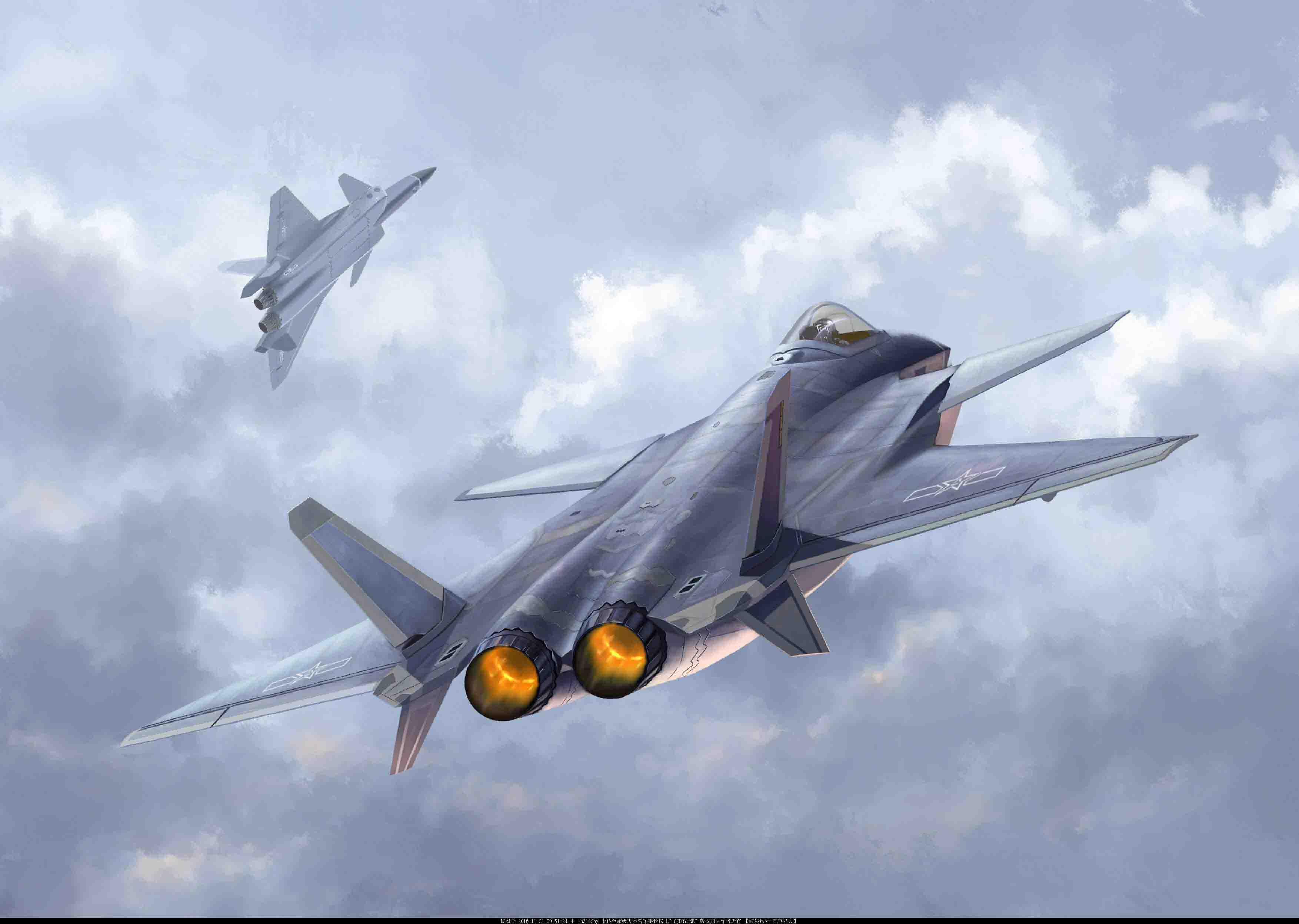
J-20戦闘機
J-20。
 オンラインサービス
オンラインサービス 4000988557
4000988557 sales1@troysupply.com
sales1@troysupply.com sales2@troysupply.com
sales2@troysupply.com Richard Liu
Richard Liu TROY
TROY 8936906
8936906 Troysupply_com
Troysupply_com